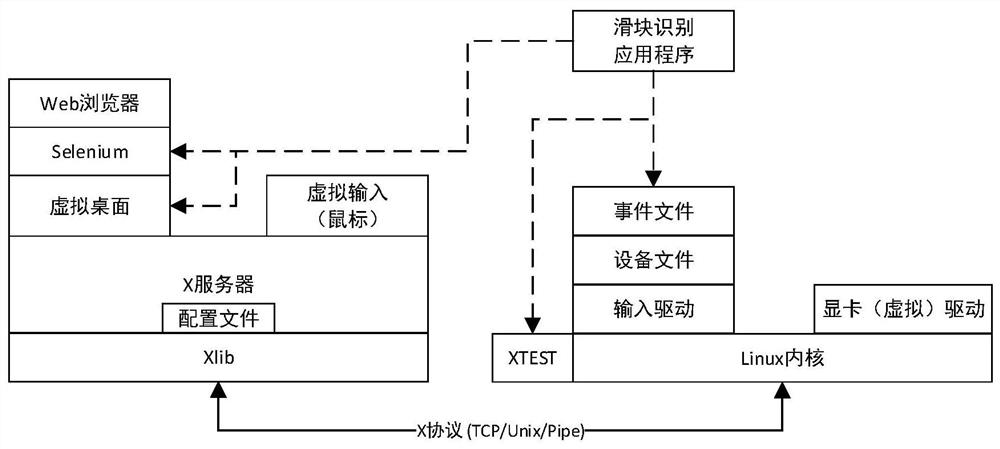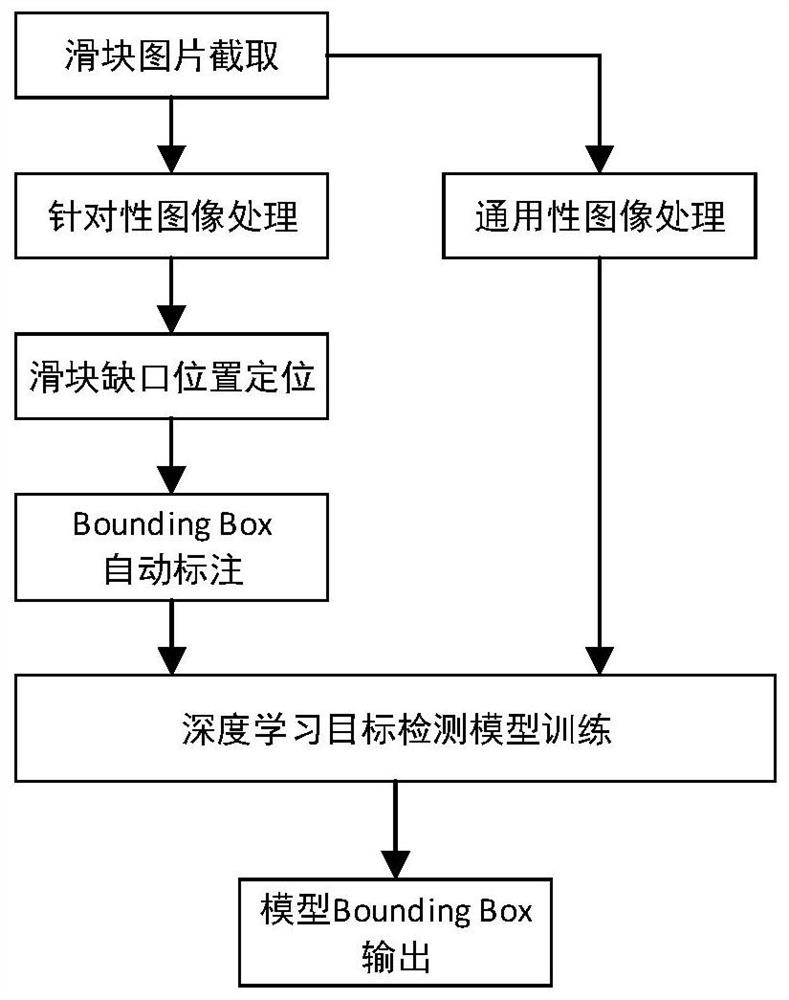A slider notch positioning and dragging trajectory generation method for slider verification code
A trajectory generation and verification code technology, applied in the Internet field, can solve problems such as insufficient randomness, repeated trajectory generation, and a cliff-like decline in the recognition pass rate, and achieve the effect of strong pass rate stability and high recognition pass rate
- Summary
- Abstract
- Description
- Claims
- Application Information
AI Technical Summary
Problems solved by technology
Method used
Image
Examples
Embodiment approach 1
[0222] combine image 3 , the scheme first uses the Burr statistical model to model the relationship between the displacement distance and the dragging time, that is, the model outputs the total time-consuming A that conforms to the Burr model, and the unit is milliseconds.
[0223] Secondly, according to the collected human slider drag data set, the statistical relationship of the time sampling frequency is analyzed, and the model is established to generate the time sampling sequence. In this step, the acceptance-rejection method (Acceptance-RejectionMethod) is first used to select the non-uniform sampling points of the time series, and then for the sampling points that have been determined to be selected, the specific sampling values (in milliseconds) of the sampling points are calculated. Gaussian random number generation with specified mean and variance. This step will finally generate a non-uniformly sampled time series (the total time consumption of the series is A) a...
Embodiment approach 2
[0225] This implementation scheme uses a layer of LSTM to directly establish a model from input (displacement distance, time-consuming time) to output non-uniform sampling time series. All the time step output of the LSTM layer will be used as the input of the LSTM backend, and the number of time steps is 55, and the number of time steps is filled with zeros.
[0226] combine image 3 , the LSTM regression model is written using the Tensorflow framework. Its network architecture and loss function have been customized and modified to adapt to the generation of variable-length slider drag trajectories with different displacement distances and different drag times in the application of slider verification code recognition. First, the input of the LSTM model is forced into the actual time series length, and the output is the full time step output; second, a dropout layer is added before the output layer is connected. The dropout layer and the output layer use fully connected (ful...
PUM
 Login to View More
Login to View More Abstract
Description
Claims
Application Information
 Login to View More
Login to View More - R&D Engineer
- R&D Manager
- IP Professional
- Industry Leading Data Capabilities
- Powerful AI technology
- Patent DNA Extraction
Browse by: Latest US Patents, China's latest patents, Technical Efficacy Thesaurus, Application Domain, Technology Topic, Popular Technical Reports.
© 2024 PatSnap. All rights reserved.Legal|Privacy policy|Modern Slavery Act Transparency Statement|Sitemap|About US| Contact US: help@patsnap.com










